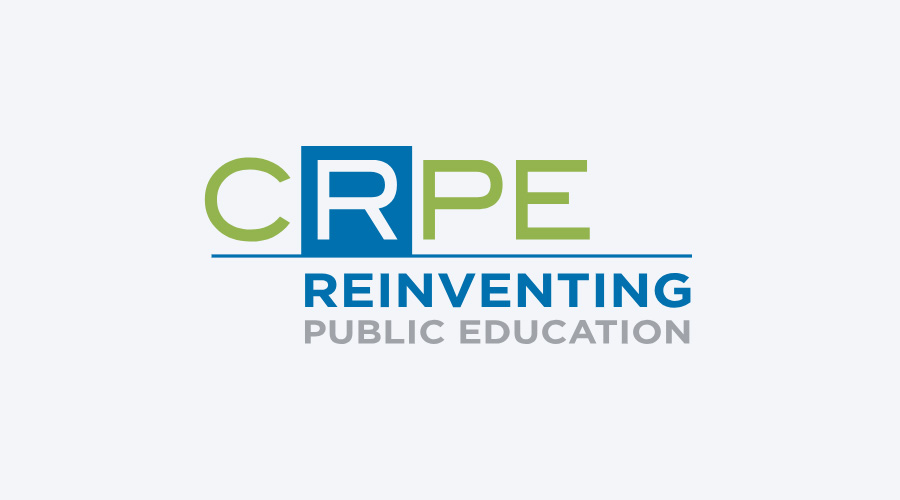By: Stephanie Lancet
The Center for Reinventing Public Education contracted with The Center for Learner Equity to conduct case studies on school models and practices that effectively serve students with special needs. This brief highlights how a San Diego charter school network is using personalized learning to meet the needs of its students with disabilities. The other case study, How School Culture and Support Systems Can Improve Disciplinary Outcomes for Students with Disabilities, examines Mott Haven Academy Charter School in New York City and the impact of its positive school culture and behavior support systems on disciplinary outcomes.
About Thrive Public Schools and its Students
Thrive Public Schools is an independent charter public school network in San Diego founded with a unique vision: to build a school that adapts to each individual student and ignites passion for learning and self-confidence. The network enrolls higher percentages of students with disabilities and English language learners compared to the city and the state. Thrive students are in the top 1 percent nationally for reading growth, and in 6 out of 10 grade levels, its students are meeting or exceeding national math growth targets.
What makes personalized learning work well for Thrive’s students with special needs?
Key aspects of the charter school network’s model include the following:
- Students with disabilities are fully included in general education. There is no discernable distinction between students receiving special education services and students who are not.
- Teachers use technology-based education programs to supplement instruction and develop data-driven individualized support that benefits all students, particularly those with disabilities.
- All teachers receive training about special education and learn effective strategies for meeting individual student needs. Special education teachers work alongside general education teachers and share responsibility for all students, not just those with disabilities.
The Center for Learner Equity researchers conducted document reviews of both publicly available and privately shared resources; interviewed school administrators, teachers and staff, students, and families; and observed educators and students in action. The case study reflects school visits and data from Thrive’s three campuses in the fall of 2017.

Comments are closed.